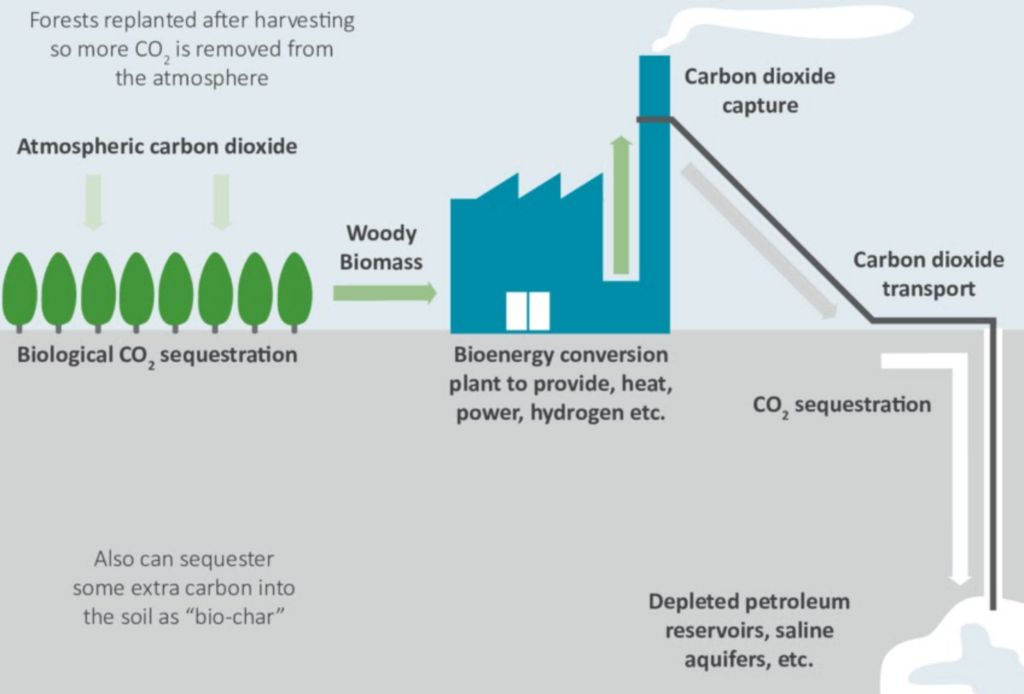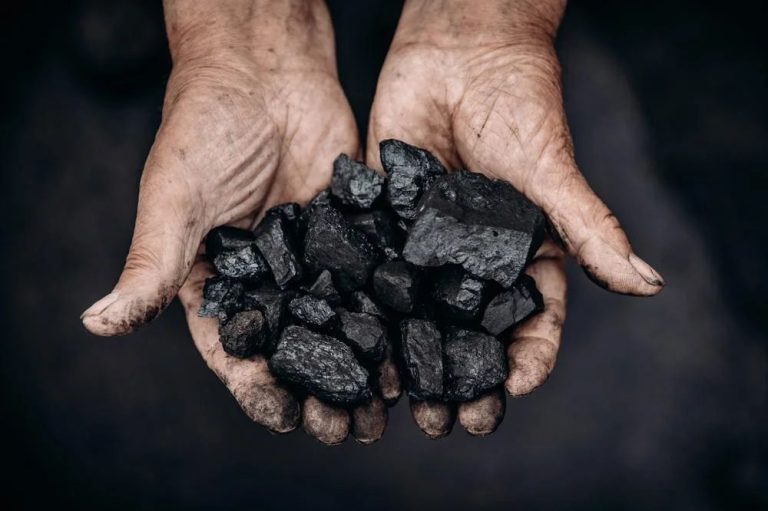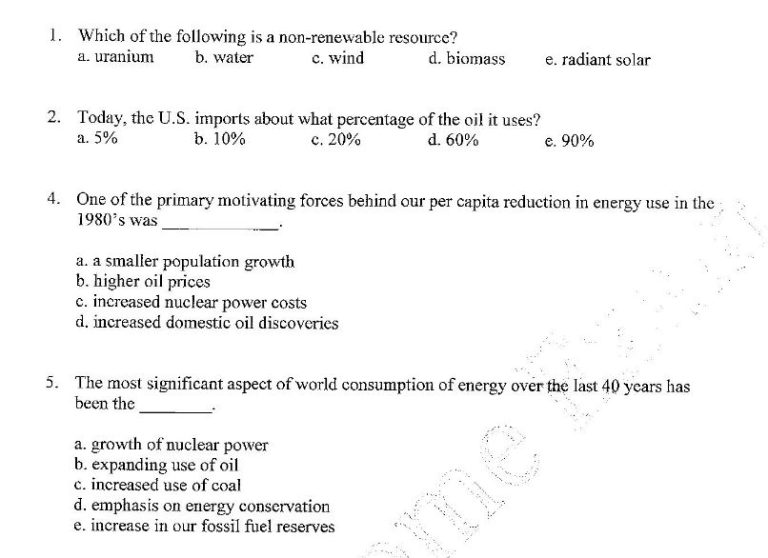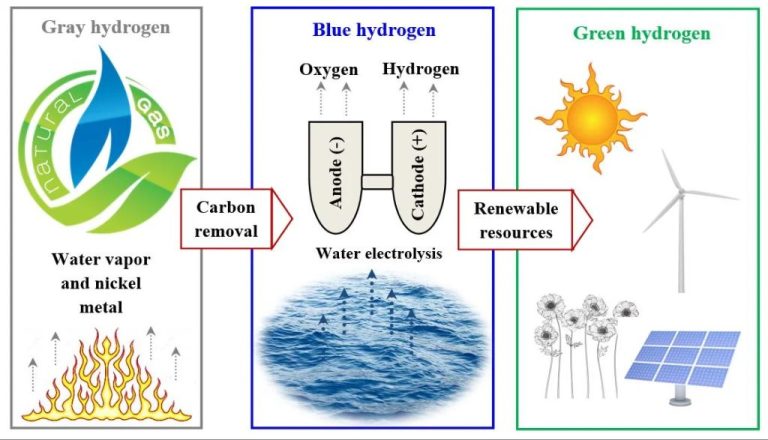What Is A Problem With Bioenergy With Carbon Capture?
Bioenergy with carbon capture and storage (BECCS) is an emerging carbon removal technology that combines bioenergy production with carbon capture and storage. Bioenergy refers to energy derived from organic material or biomass, such as plants, agricultural waste, and forestry byproducts. The carbon emitted when biomass is burned for energy is captured and permanently stored underground instead of being released into the atmosphere. BECCS aims to provide carbon-negative renewable energy by actively removing CO2 from the air.
As with any new technology, it is important to thoroughly evaluate potential problems and limitations of BECCS. Understanding the disadvantages as well as benefits will lead to more informed decisions about the viability and best applications of BECCS. This analysis examines key concerns regarding costs, energy requirements, scale, land use, carbon accounting, storage risks, policy barriers, and public perception.
Introduction
High Costs
One of the major challenges with bioenergy carbon capture and storage (BECCS) is the high costs involved, especially related to equipment, maintenance, and operations. According to a 2021 study by researchers at the Massachusetts Institute of Technology, BECCS could cost between $150-200 per ton of CO2 captured (source). The high capital costs are largely driven by the equipment needed for the carbon capture portion, including absorbers, strippers, compressors, pumps, and storage tanks.
A key operating cost for BECCS facilities is the energy required to power the carbon capture systems. Estimates indicate these systems consume 20-30% of the facility’s total energy output, reducing overall efficiency and driving up energy costs per kWh generated (source). Frequent maintenance is also required for the capture equipment to remain effective over decades of operation. This continual maintenance represents substantial operating costs over a BECCS facility lifetime.
Energy Penalty
One of the major challenges with BECCS is the significant energy penalty required to power the carbon capture and storage process. According to a 2021 study published in the journal Sustainable Production and Consumption, the energy penalty for amine-based carbon capture technology is estimated to be 37.2% – 48.6% (Gustafsson, 2021). This means nearly half of the energy generated from bioenergy is consumed just to capture and store the carbon.

An analysis by Thundersaid Energy suggests the energy penalty averages 16% for gas power, 35% for coal power, and 45% for biomass power if half of the reboiler duty utilizes waste heat (Thundersaid Energy, 2023). The high energy demand makes BECCS an expensive and inefficient process. Finding ways to minimize the energy penalty is critical for improving the viability of large-scale BECCS deployment.
Limited Scale
Current BECCS systems are small-scale pilots and demonstrations. The largest operating BECCS facility captures just 1 million tons of CO2 per year, while most capture less than 100,000 tons annually [1]. However, scenarios to limit warming to 1.5°C require BECCS systems able to capture hundreds of millions to billions of tons of CO2 each year by mid-century [2].
Scaling up BECCS faces considerable challenges. BECCS systems have high capital costs, and it is unclear if they can achieve the cost reductions needed through economies of scale and technological learning. There are also constraints around biomass availability, logistics, and sustainability that limit potential scale [1]. Furthermore, the extensive CO2 transport and storage infrastructure required does not yet exist in most regions.
Land Use
One problem with bioenergy is that growing crops for biofuels and biomass energy competes with food production and ecosystems. Converting forests and grasslands to produce bioenergy feedstocks can release carbon stored in soils and vegetation, resulting in higher net emissions. According to the IEA, the land area required for bioenergy feedstocks is projected to increase from under 4 million square kilometers today to 7-25 million square kilometers in 2050 in climate mitigation scenarios. This substantial expansion could threaten biodiversity and encroach on lands needed for food crops.
Sustainable practices like using marginal lands, double cropping, and integrating bioenergy into food production systems can help alleviate land use pressures. But the scale of land needed for BECCS poses inherent challenges. Striking the right balance between bioenergy production, food security, ecosystem preservation and other land uses is critical.
Carbon Accounting
There are complexities in accounting for the full lifecycle emissions of bioenergy with carbon capture. The IPCC provides guidelines on how to treat biomass greenhouse gas emissions, stating that biomass can be considered carbon neutral if sustainably managed forests are regrown to recapture the carbon emitted [1]. However, some argue this accounting method is flawed because it doesn’t account for the timeframe required to recapture the carbon, which could take decades [2]. There are also challenges in accurately measuring full lifecycle emissions across the supply chain. Improved carbon accounting methods that consider the timescale of recapturing emissions may be needed.
Storage Risks
One of the biggest risks with carbon capture and storage is the potential for leakage of stored carbon dioxide. When CO2 is injected deep underground for storage, there is a chance it could escape and re-enter the atmosphere. According to Carbon Capture and Storage Risks, Explained, the largest and most obvious risk is leakage from the underground reservoirs. This could happen gradually over time or abruptly in large volumes if there is a blowout or failure of the storage site.
Carbon storage also risks huge releases of CO2 if there are issues during the injection process, according to Why Carbon Storage Is a Bad Idea. These types of leaks can undermine the purpose of capturing and storing the carbon in the first place. Even small, slow leaks over time can diminish the climate benefits. Effective monitoring systems need to be in place to detect any leaks early on.
Overall, while carbon capture and storage holds promise for reducing emissions, the risks of CO2 leakage from underground storage sites remains a major concern limiting its large-scale deployment and climate impact.
Policy Barriers
One key challenge for bioenergy with carbon capture and storage is a lack of supportive policies and incentives. Most climate policies focus on reducing emissions, but do not provide mechanisms to reward carbon removal efforts like BECCS (Sandalow, 2021). Without clear economic incentives or regulations, companies lack motivation to invest in BECCS facilities. For example, biofuels enjoy policy support through renewable fuel standards, but fuel producers have no obligation to add CCS. Similarly, carbon pricing programs put a cost on emissions, but do not create offsets or credits for permanent CO2 storage (IEA, 2023).
Some analysts argue that BECCS deployment requires establishing new markets and payment schemes for negative emissions. Policymakers could introduce tax credits, subsidies, or contracts for carbon removal to make BECCS projects financially viable (Arnette, 2021). However, most jurisdictions have not yet created clear frameworks to value and compensate carbon dioxide removal in this way. The absence of economic incentives and supportive regulations remains a key obstacle for commercializing BECCS technologies.
Public Perception
There are some public concerns related to the safety and effectiveness of bioenergy with carbon capture and storage (BECCS) technology. According to a 2019 study, the public perceives risks related to carbon dioxide leakage from storage as well as risks from increased biomass demand and associated land use changes (Bellamy et al., 2019). Another 2022 study found many people doubt BECCS will work as intended and are unsure it can achieve net negative emissions (Itaoka et al., 2022). Overall, more research is needed on public attitudes toward BECCS to ensure policies reflect societal concerns and values.
Conclusion
In summary, there are a number of key problems limiting the potential of bioenergy with carbon capture. The main issues are the high costs, energy penalty, limited scale, and land use requirements compared to other renewable energy options like wind and solar. There are also questions around accurate carbon accounting, risks around long term CO2 storage and lack of policy support and public perception. While BECCS has theoretical potential to be carbon negative, in practice there are many challenges to making it economically and environmentally viable at scale. More research is needed to develop more efficient and cost-effective carbon capture systems and biomass production methods. Stronger policies and incentives will also be needed to promote further development and integration of BECCS into energy systems if it is to play any significant role in the future. Overall the many issues around BECCS highlight the need for a diverse portfolio of solutions for deep decarbonization, rather than relying on any single technology like BECCS.





